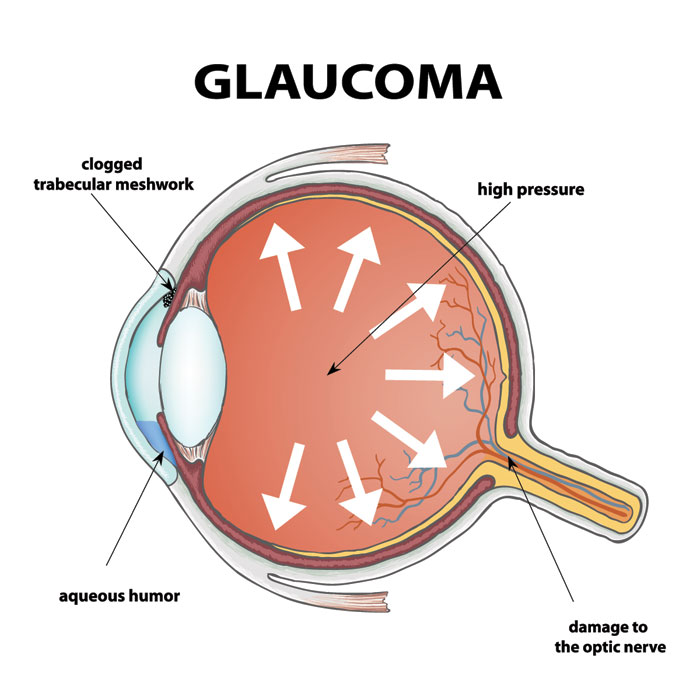Can Glaucoma Be Cured? An In-Depth Look at Treatments and Progression Management
I. Introduction
Glaucoma is a group of eye diseases affecting millions of people worldwide. Many seek answers regarding treatment options and whether a cure exists. This article provides a comprehensive look at Glaucoma management, current treatments, and strategies to slow disease progression.
II. Understanding Glaucoma
Glaucoma occurs when the optic nerve, responsible for transmitting visual information from the eye to the brain, becomes damaged, often due to increased intraocular pressure. Over time, this can result in vision loss or blindness.
The main types of Glaucoma include:
- Primary open-angle glaucoma (POAG): The most common form, characterized by a slow rise in eye pressure and gradual vision loss.
- Angle-closure glaucoma (ACG): Less common but more severe, with a rapid increase in eye pressure that requires immediate medical attention.
Risk factors include age, family history, certain medical conditions, and ethnicity.
III. Current Treatments for Glaucoma
While there is no cure for Glaucoma, various treatments help manage its progression and protect vision:
- Prescription eye drops: First-line treatment to reduce eye pressure.
- Oral medicines: Prescribed when eye drops alone are insufficient.
- Laser treatments: Non-invasive procedures to lower eye pressure with faster recovery.
- Surgeries: Include trabeculectomy, shunt implantation, or minimally invasive glaucoma surgery (MIGS) to improve fluid drainage.
IV. Can Glaucoma Be Cured?
Currently, there is no definitive cure for Glaucoma. Proper management and adherence to treatments allow many patients to maintain their vision.
Understanding the difference between managing symptoms and curing the disease is essential:
- Managing symptoms: Focuses on controlling eye pressure and slowing disease progression to preserve vision.
- Curing the disease: Would mean the condition is completely eradicated, requiring no further treatment. Glaucoma, however, is a lifelong condition that must be monitored regularly.
V. Living with Glaucoma: Managing Symptoms and Slowing Progression
Key strategies for managing Glaucoma include:
- Lifestyle modifications: Maintain a balanced diet, exercise regularly, moderate caffeine intake, and elevate the head while sleeping to reduce eye pressure.
- Adherence to treatments: Follow prescribed medications and attend scheduled eye exams to monitor disease progression.
- Regular eye check-ups: Early detection of any changes in eye pressure or vision is critical.
Although Glaucoma has no cure, proper management enables patients to preserve their vision and maintain quality of life. Understanding the disease and following recommended treatments are essential steps in minimizing its impact.
VI. Conclusion
While a cure for Glaucoma does not currently exist, early detection, adherence to treatment, and healthy lifestyle choices can effectively control the disease. Patients should regularly consult their eye care professional for guidance and personalized care.




